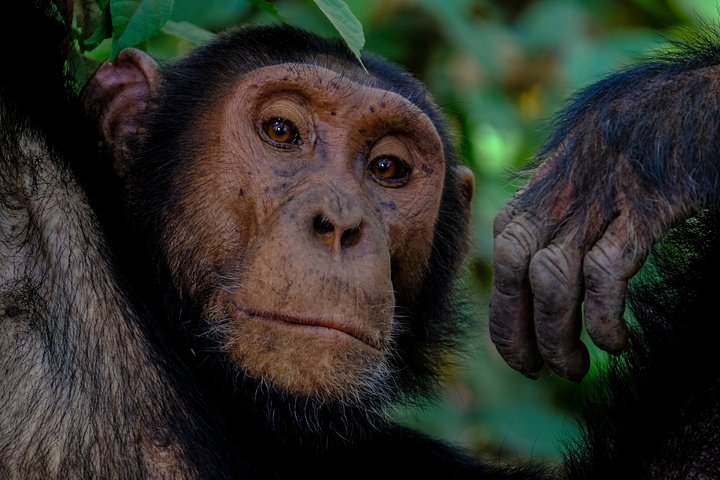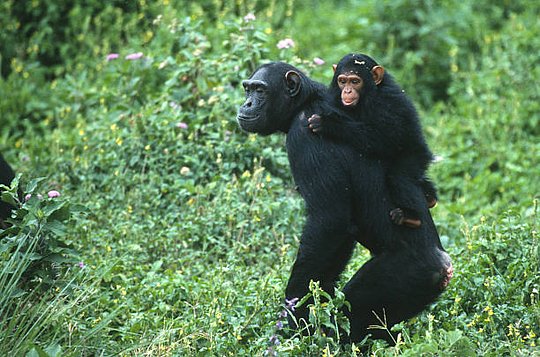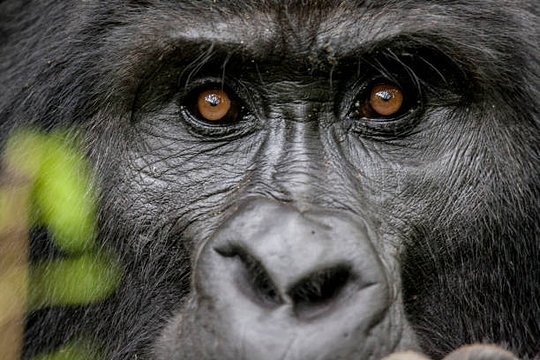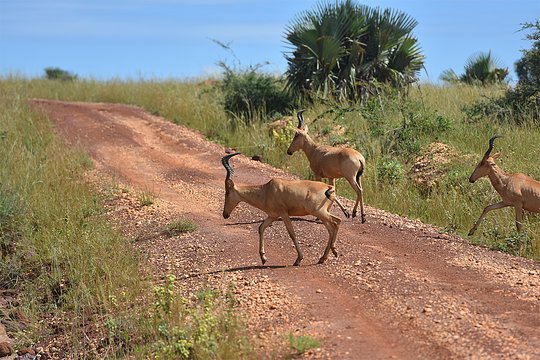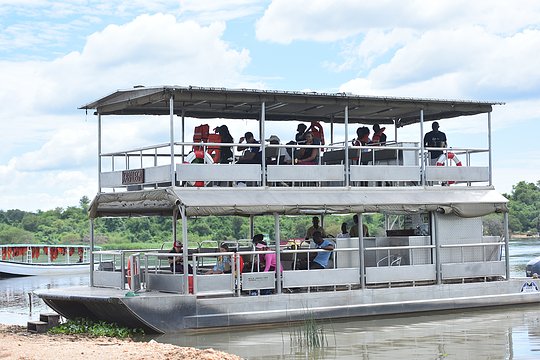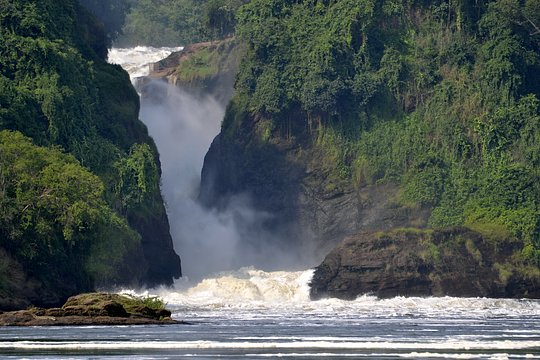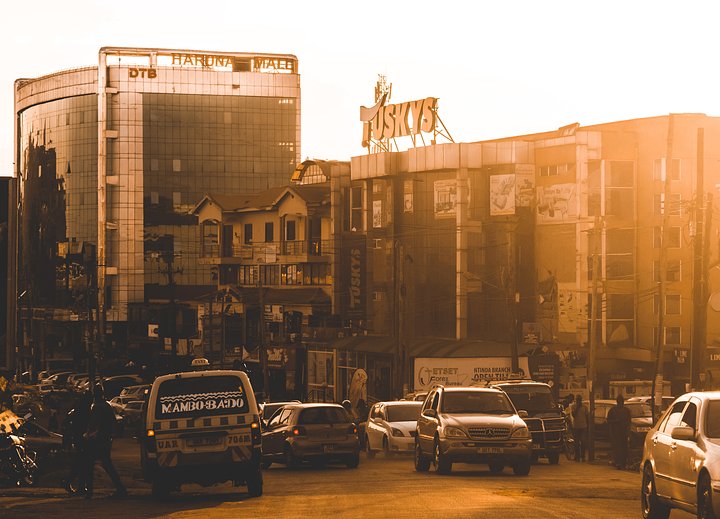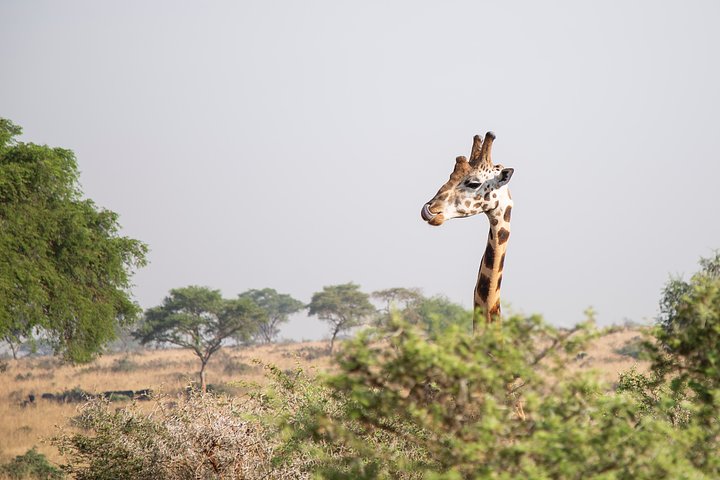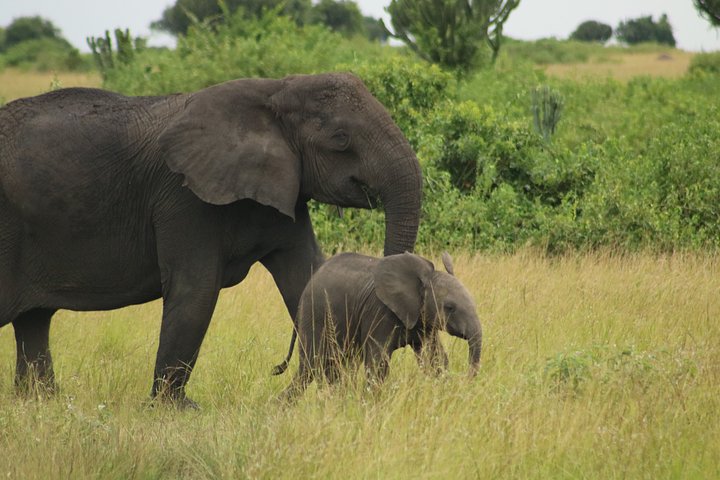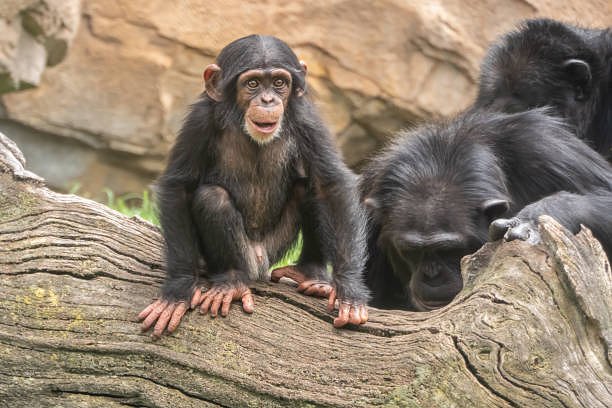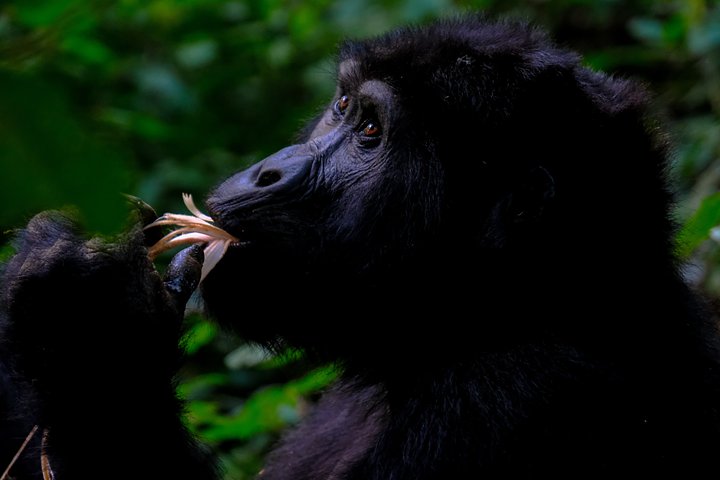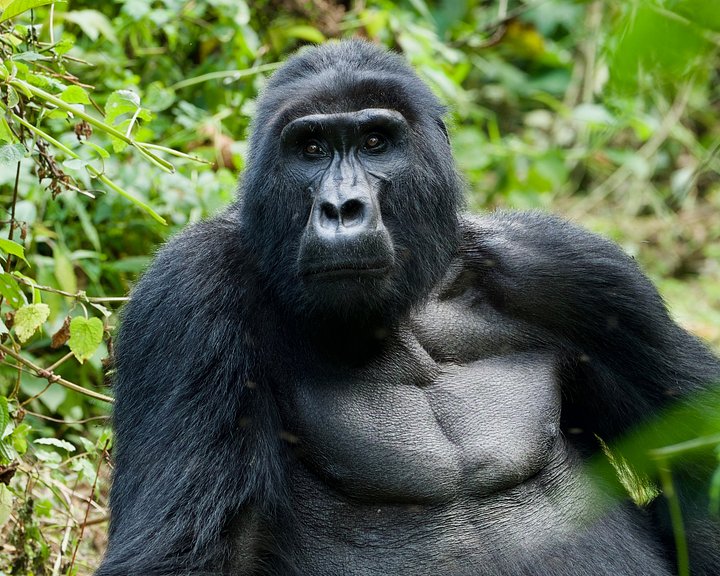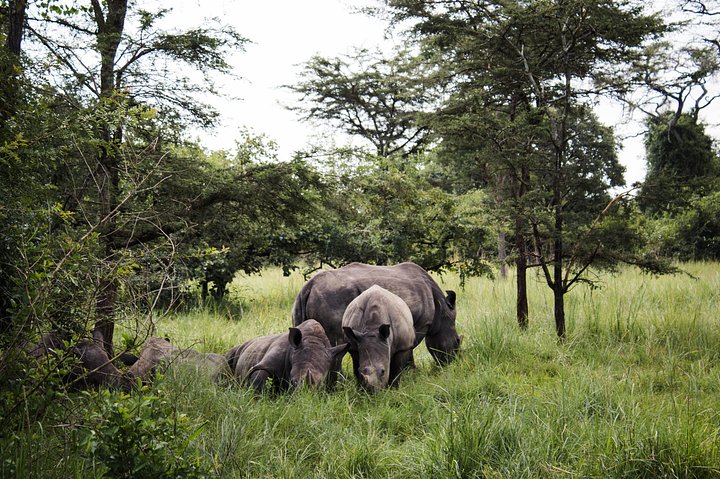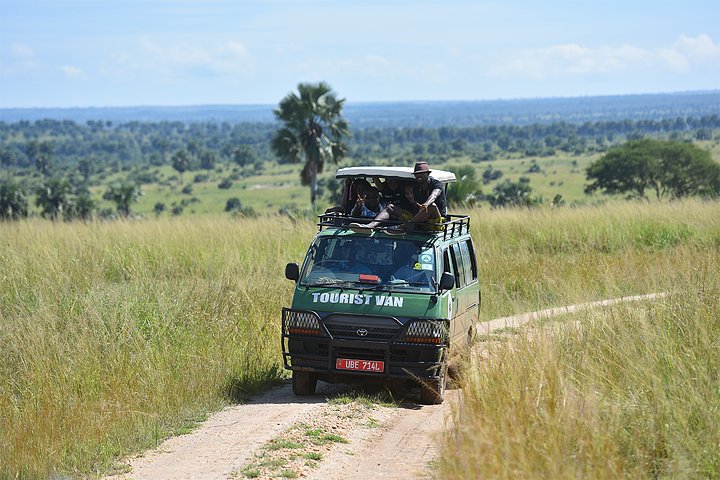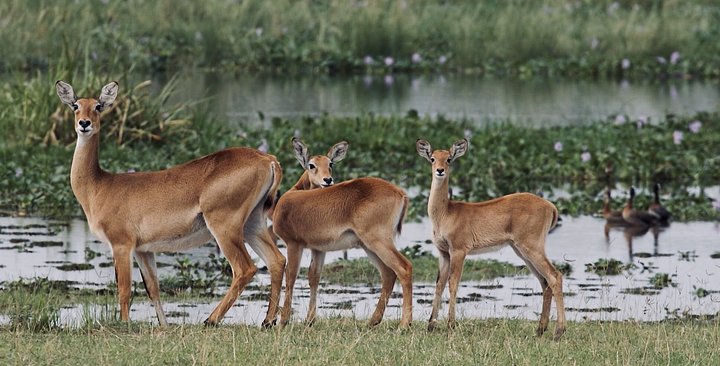CHIMPANZEE TRACKING AT KIBALE NATIONAL PARK
In the morning after breakfast, we shall leave for briefing before you go for chimpanzee tracking in this beautiful forest including other primates like the Colobus, Blues, Red-tailed monkey and grey cheeked Mangabey swinging through the dense forest and several bird species, butterflies and many small insects, can be seen before you return back for lunch. In the afternoon after Lunch go to Biggodi for a swamp walk the area is run by the community as a way to preserve and save animals in the Kibale forest. You shall then return for dinner and overnight stay at your hotel /lodge.
